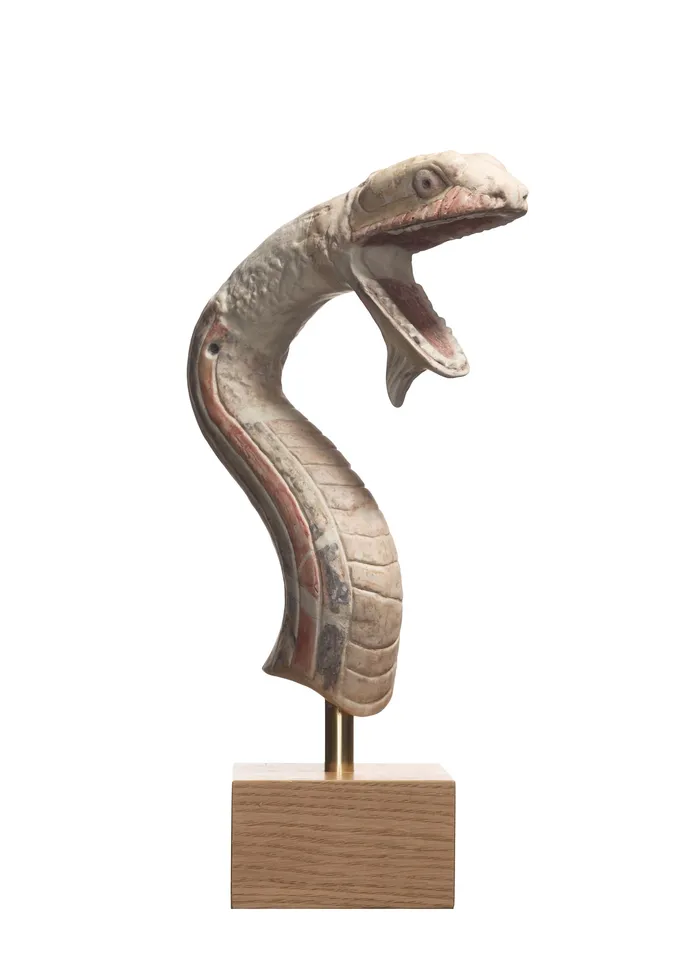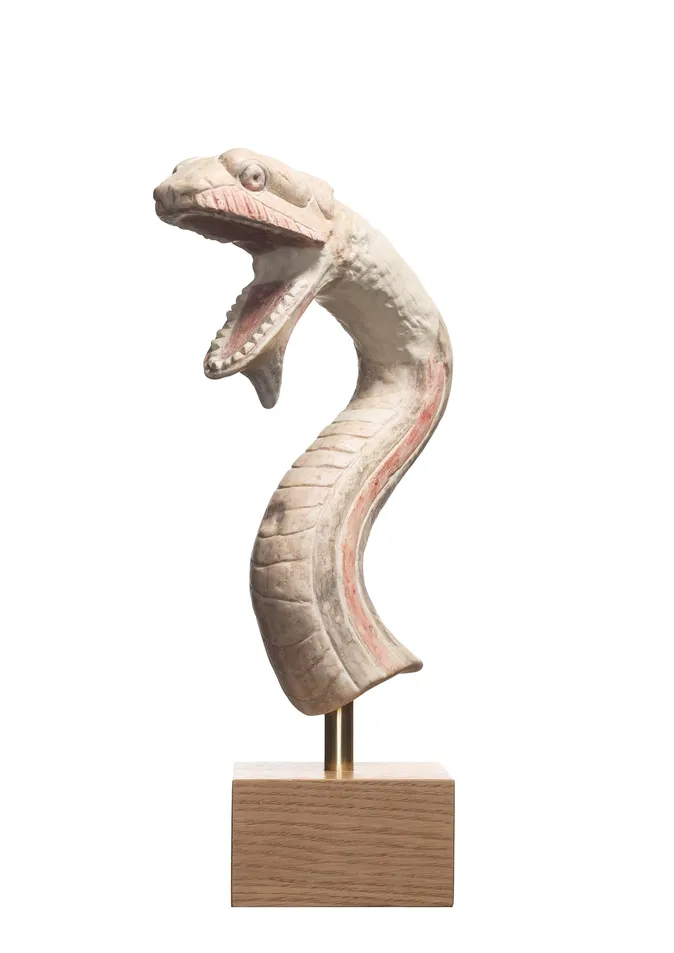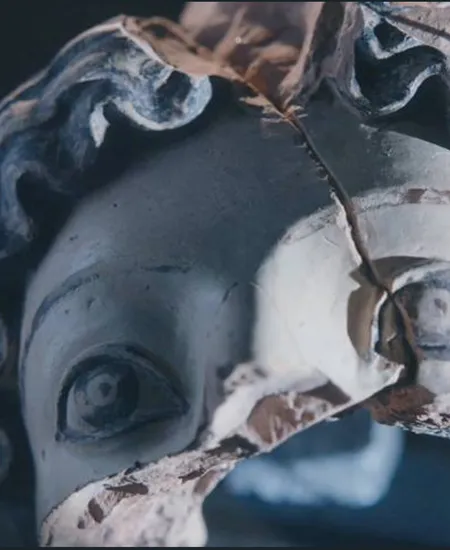Snake sculpture
Snake from the Pediment of the Archaic Parthenon Acropolis of Athens, ca. 570–550 BC Archaic period Marble Acropolis Museum (inv. no. 40) This monumental snake once formed part of the pedimental sculpture of the first Parthenon (commonly known as the "Archaic Parthenon" or "Hekatompedon"), which stood on the Acropolis before its destruction by the Persians in 480 BC. With its undulating body and imposing presence, the snake likely represented the sacred serpent of the Acropolis, a mythical guardian of Athena's sanctuary. It is deeply connected to the chthonic aspect of the goddess, her association with Erichthonios, and the notion of eternal protection. The sculpture demonstrates technical mastery and symbolic depth, reflecting Eastern influences in Archaic Greek art.









